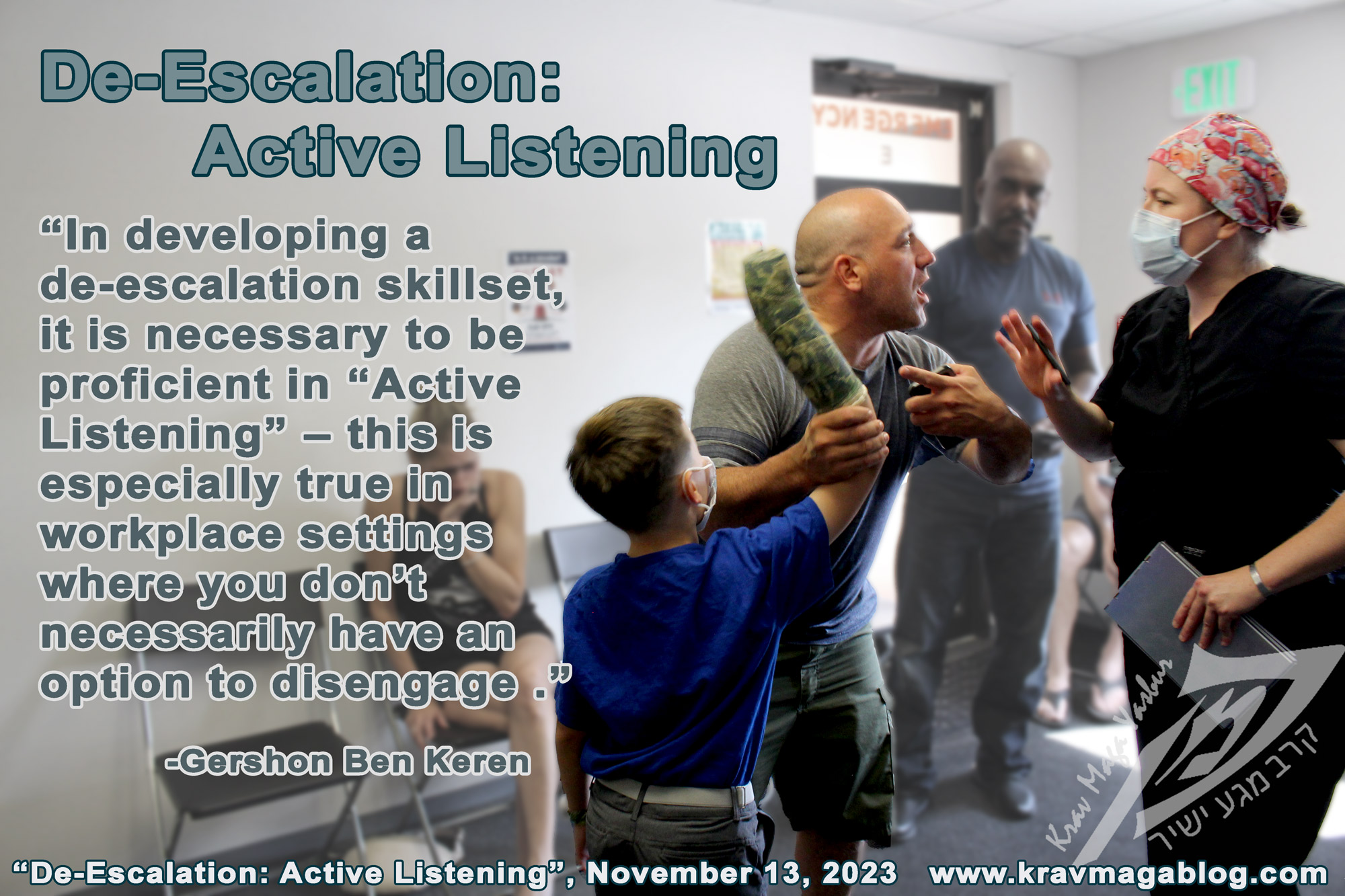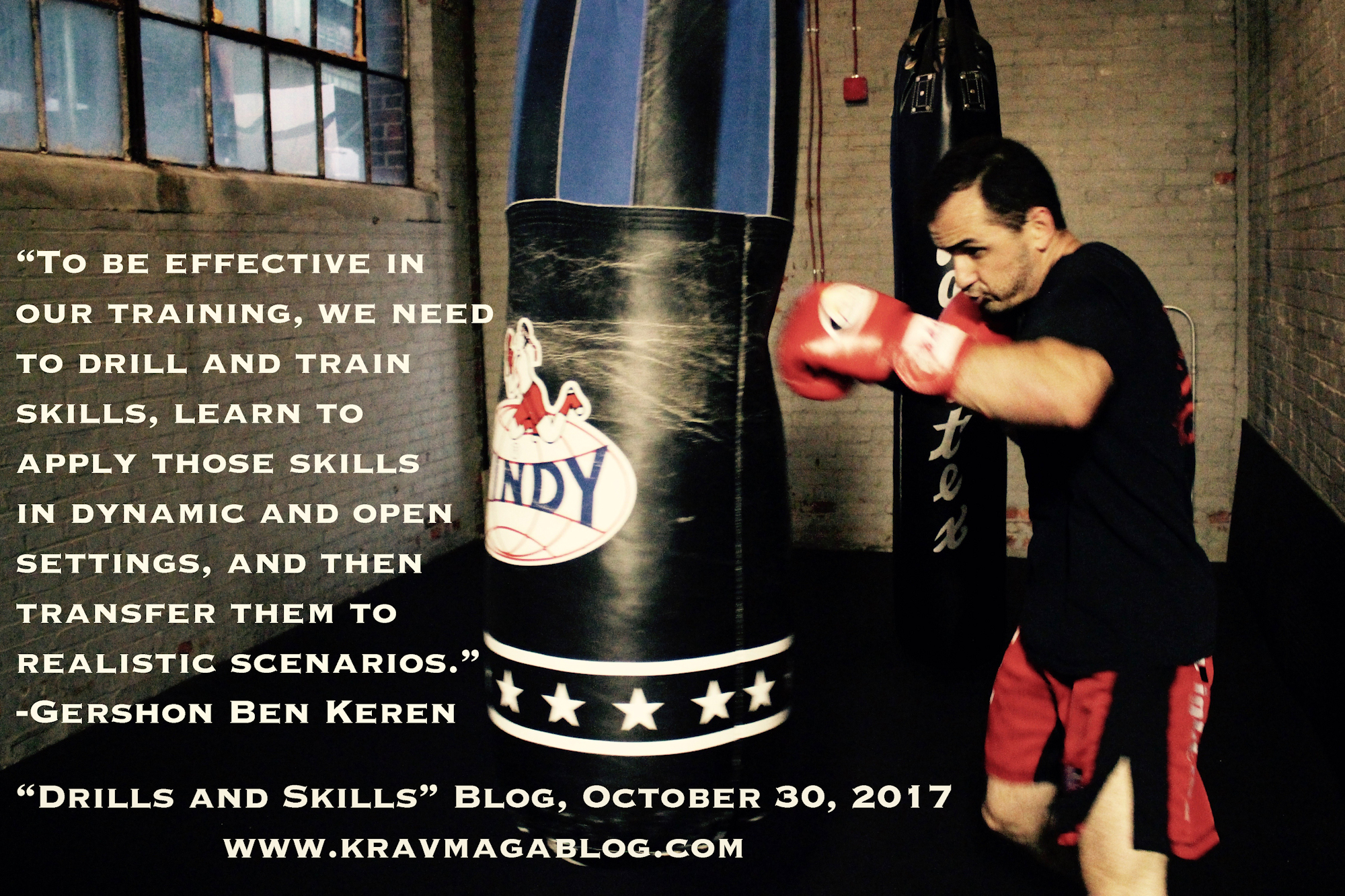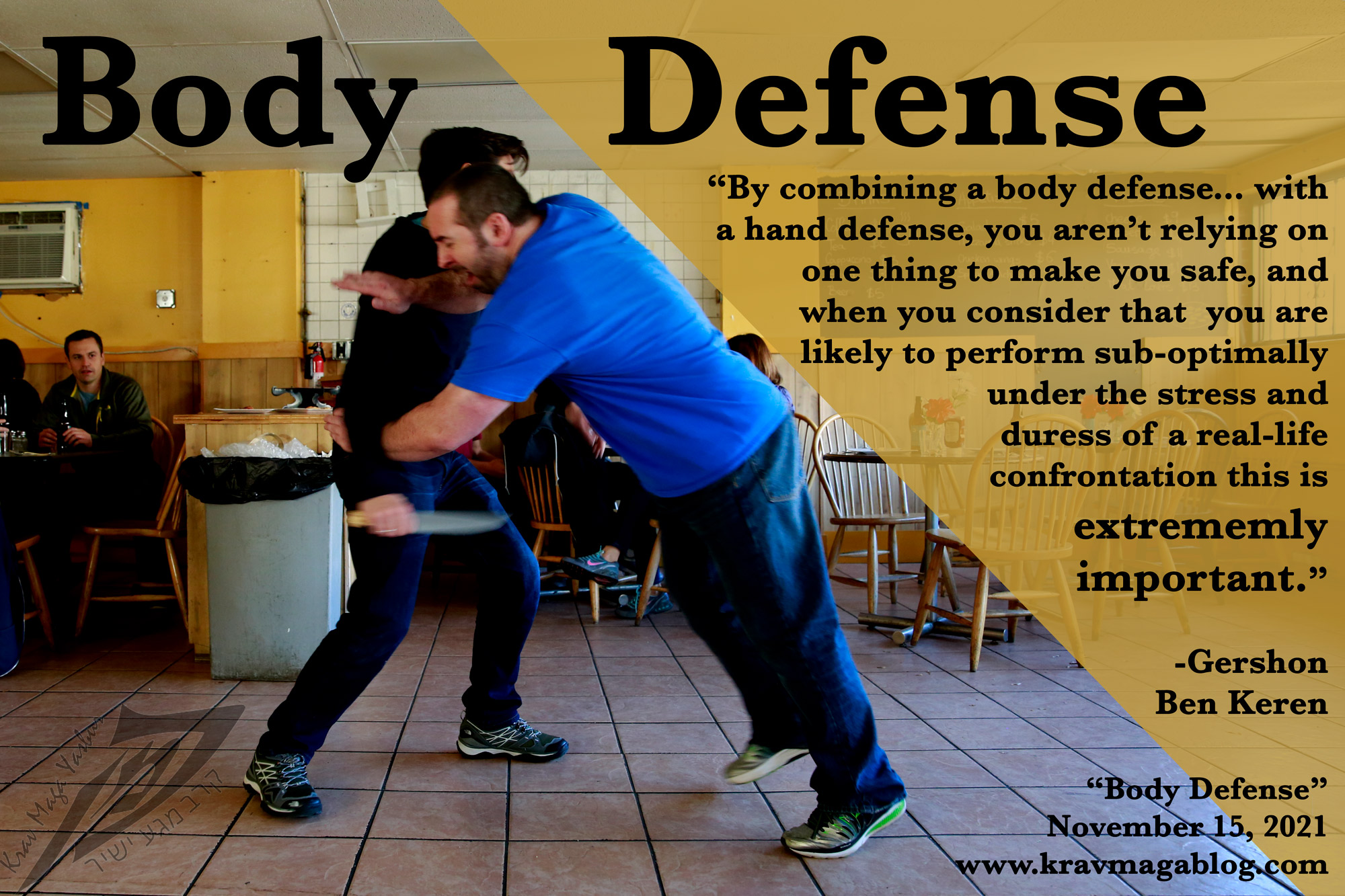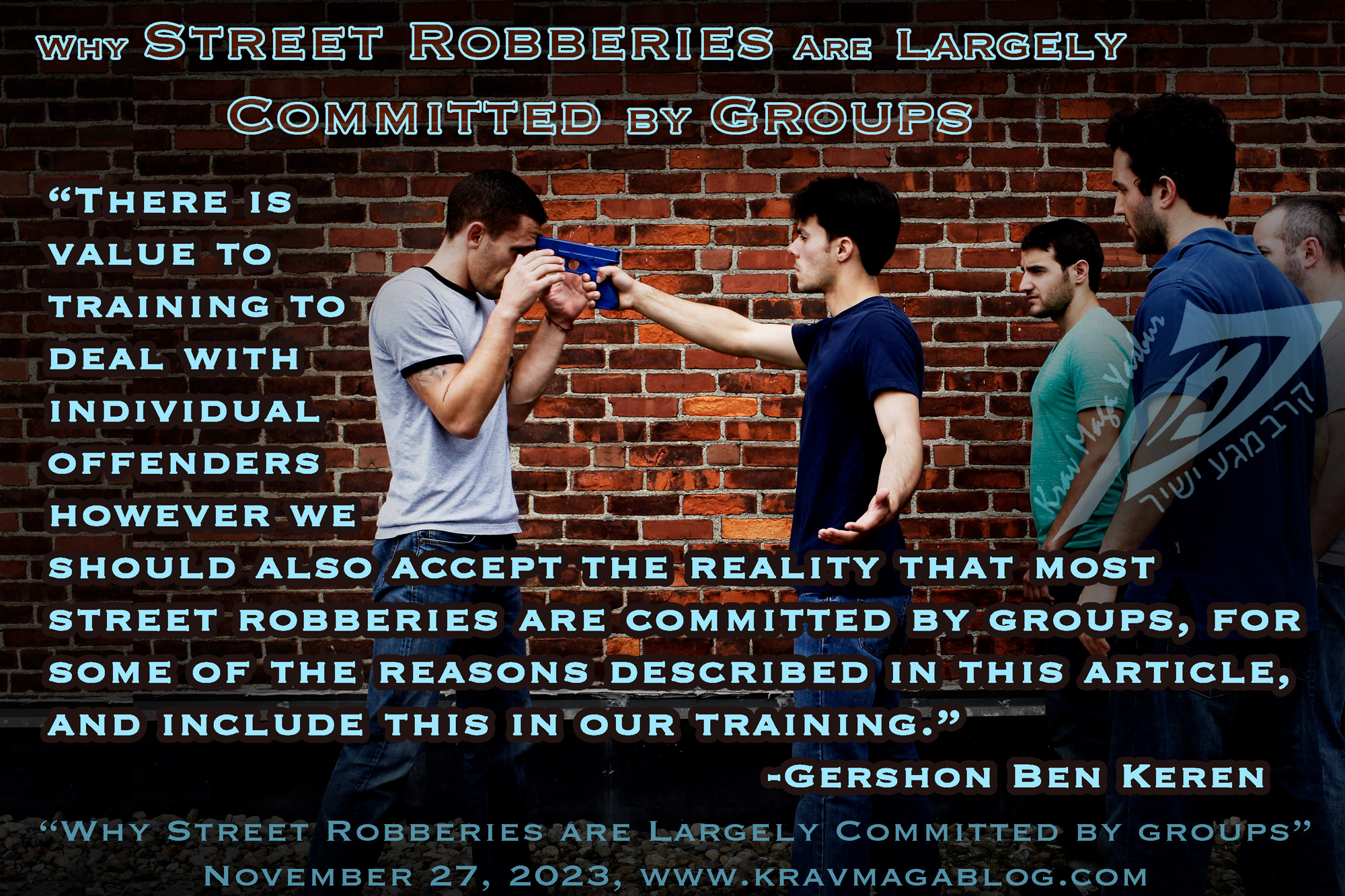Reality Based Ground Fighting, is an article written by Gershon Ben Keren, a 5th Degree Black Belt in Krav Maga, who teaches Krav Maga in Boston, MA. He has also authored three Amazon best-Selling Books on Krav Maga.
I grew up on the mats, practicing Judo. The school I initially trained with placed a great deal of emphasis on Ne-waza/Ground techniques; this was back in the day when competitive Judo allowed you much more time on the clock when a fight went to the ground – now judges are much more eager to get people back to the feet if it looks like a submission or pin isn’t going to be found. When I found out about BJJ (Brazilian Ju-Jitsu), I started training in that. In short, I’ve grown up with, fighting on the ground and love this type of training and sports combat. However, I also teach reality based self-defense and recognize that ground-fighting/ground-survival in real-life confrontations, is very different to the training I’ve done on the mats. In this article, I want to look at some of the differences and common misconceptions, concerning sport-based ground fighting, and its application to real-life ground fighting.
Some techniques that work well for submissions on the mat, don’t necessarily have the same effect in real-life; chokes and strangulations work well, but arm-bars aren’t always that effective (which is a shame because when I competed, Juji-Gatamae – cross body armbar – was one of my favorite submission moves). The problem with armlocks that attack the elbow, is that after the hyper-extension of the arm is applied, and the elbow is popped, the joint will almost always reset itself, and the arm will still function (the angles and pressure needed to actually make a break are almost impossible to accomplish in a real-life enccounter). The person having the armbar applied to them, will be in extreme pain, however adrenaline (drugs and alcohol) can nullify this and give them an opportunity to fight through it. Also, there are times when the pain is only felt momentarily – with the major part of it being experienced the next day etc. I have seen students have their arm popped when incorrectly breaking their fall i.e. sticking their hand out to slow their descent etc. and still feel that they are able to continue with class. It is worth recognizing that something which works in a training or competitive context, doesn’t automatically translate to real-life.
In real-life situations, the ground isn’t always going to be flat. If a fight you're involved in goes to ground, you may find that you’re not on a flat surface e.g. you could find yourself being pushed/driven down onto a flight of stairs, or pinned on a sofa or set of chairs, etc. The surface may not even offer you much support –bridging someone who has pinned you down, when you are on a bed with a soft mattress, isn’t going to be as easy as when you have a solid surface to push off from. I am not saying that training on a flat surface, doesn’t help give you the skills and abilities to deal with these situations, rather that our expectations of what a ground fight looks like, shouldn’t be restricted to the environments in which we train. Understanding that we may not be fighting on the same level, solid surface that we practice on, will help deal with some of the shock and surprise we may have, when we find that the escapes and techniques that worked so well in class don’t work as well in reality; and so we have to adapt and modify them in the moment to take account of our new terrain. Recognizing beforehand that we may have to do this will better prepare us for reality.
One common restriction that many real-life incidents impose on us, is a lack of space. On an uncluttered mat area, there is the possibility to do many different types of techniques, that would be impossible to pull off in the back of a car, in between the seats of a bus, in a corridor, etc. When a fight goes to the ground, you may find your movement impeded by both objects and people – there may not be the room for people to move away, giving you and your assailant space to move. If you have an extensive catalog of ground techniques that you like to use on the mats, you may want to select a few that don’t require much room/space to execute, and have these as your “self-defense” go-to’s and/or make some modifications to others so that you’ll be able to get them to work in confined spaces, or when your movement in a certain direction is impeded, such as if you and your assailant are on the ground against a wall, etc.
If you get pushed to the ground, knocked over, etc., and your assailant remains standing, don’t expect them to follow you to ground – chances are they’d rather stomp and kick you, than come searching for a submission. This means training yourself to be able to deal with someone who is standing and working combatively, rather than against another grappler, who is looking for a way to enter, and get past your legs, etc., in order to pin/hold you; a trained grappler’s mindset is very different to that of your average street thug/hooligan. It is also worth noting, that many techniques which aim to sweep the legs of a standing aggressor, such as a leg lasso may not be successful in an environment where there are objects that the person standing can hang on to (tables, chairs, other people, etc.), to steady themselves and remain balanced – you may get “lucky” and find that you are fighting in space, but you should have other techniques and methods of dealing with a standing attacker, that don’t rely on you having space around you both.
I sometimes hear people say that Krav Maga is MMA for reality, or something similar. It is not. This is not about the different techniques, or even the fact that in combat sports such as MMA there are no weapons or multiple attackers, etc. It is because the environments within which combat sports are fought, whether a ring or a cage, are so different to those where real-life incidents take place. The contexts are so different, the environments so different, etc. This is not to say that grappling on the ground and rolling don’t have their place. They do. They’re excellent tools for building skills and attributes, which will help you deal with a real-life confrontation that goes to the ground. But we shouldn’t fall into the trap of believing that this type of training mirrors reality, and we should have a ground game that works in confined spaces, on uneven and unfamiliar terrain, and that doesn’t rely on our aggressor having a grappling mindset, etc.
0 COMMENTS














